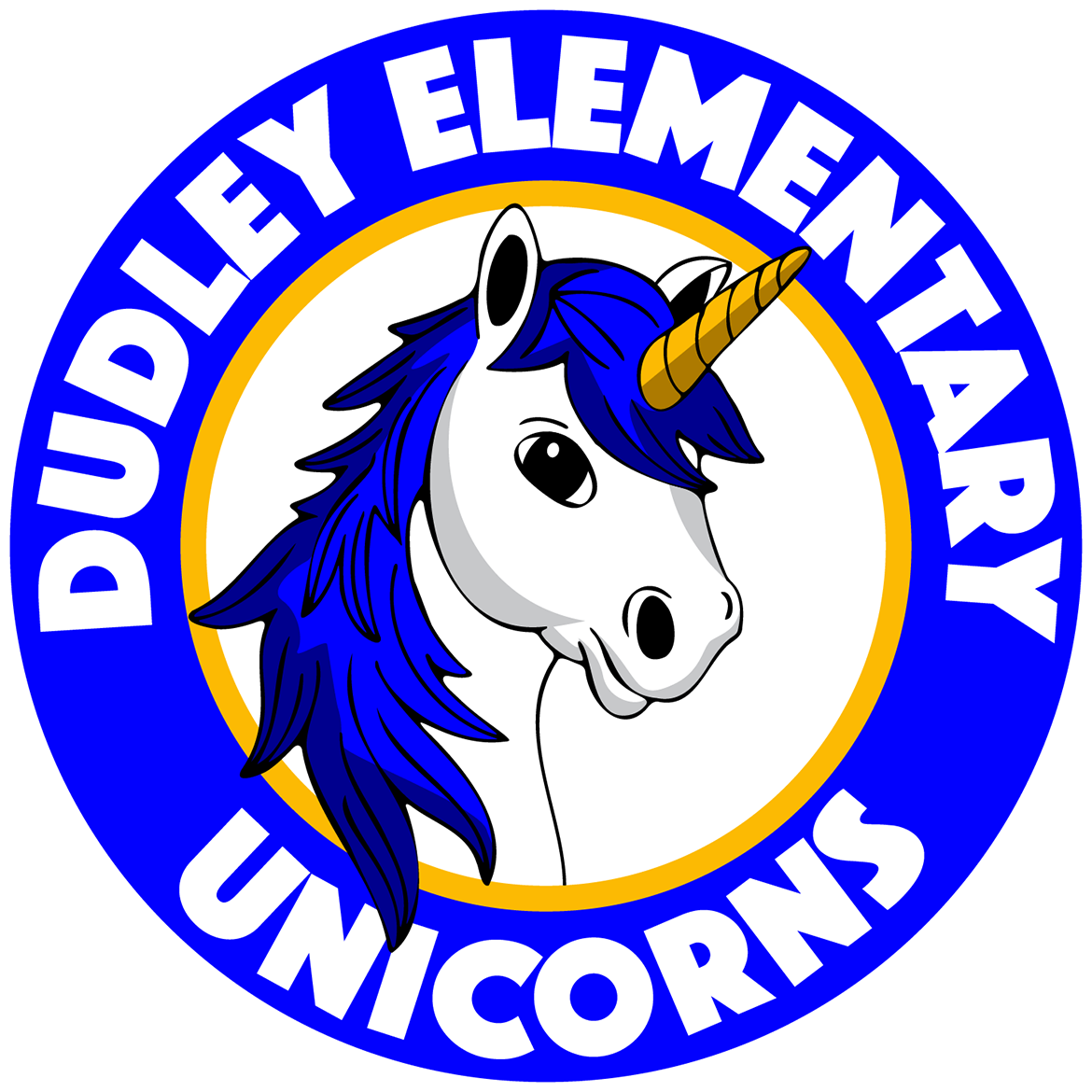Victoria ISD has begun implementing one-to-one technology within the district. Three elementary schools, Dudley, Shields and Torres, and one middle school, Patti Welder, are currently involved in one-to-one technology.
In a typical one-to-one technology program, an individual school or a school district provides each student with a school or district-owned mobile computing device (i.e. tablet, laptop or chromebook). The student keeps this device with them, using it both at home and school.
VISD is utilizing the typical approach as well as an on-site one-to-one approach. In the on-site approach, students get their own device to use each day, however, the device does not leave the school.
“We have to look at where the students are going after they graduate from VISD and prepare them for what types of programs they will be using in whatever it is they decide to do,” said Jennifer Wyatt, instructional technology curriculum and library coordinator for VISD. “We want their transition to be more seamless by thinking bigger than just test scores, and technology is a large part of that.”
Each school varies in its level of participation in the program.
The entire Patti Welder Middle School participates in the program as a Personalized Learning campus, with each student receiving Windows-based laptops. Personalized Learning is an educational model in which students learn at least in part through online learning using computer-adaptive software with some control over time, pace, path, place, and modalities of learning paired with teacher-led classroom activities to create an integrated customized learning experience. Dudley Elementary fully participates with each student receiving Windows-based laptops and iPads.
Two elementary schools are currently implementing Google for Education. Shields, also a Personalized Learning campus, currently operates an on-site one-to-one program using laptops and Google for Education. Beginning in January 2022, Torres’ third-grade classes will pilot the typical one-to-one program with Chromebooks and Google for Education.
“In the world of education, Google is the better platform for students and learning, so we’re wanting to support our students with Google for Education in addition to what they already use with Schoology,” said Wyatt.
VISD implemented Schoology, a learning management system (LMS) that allows teachers to manage their classroom, create assignments their students can submit, participate in interactive discussions with students, perform assessments, student collaboration and the ability for students and parents to see grades in Fall 2021. Schoology is specifically designed to help schools improve student performance while enabling equity and access to every student.
VISD’s Technology Department has created an optional self-insurance program for families worried about the costs of possible accidental damage to devices.
All of the funding for the one-to-one programs is a combination of federal, state and local funding. VISD was one of many school districts across the country to receive funding from the Emergency Connectivity Fund from the Federal Communications Commission for approximately 3,000 Google Chromebooks and 4,000 hotspots. The hotspots must be used for students who do not have access to remote connectivity.
“What we’re in now is the most coordinated effort with respect to instructional technology that we’ve ever had,” said Greg Dandio, director of Technology for VISD. “We know we have much to accomplish in this area, but this is a start in better preparing our students for their futures.”

